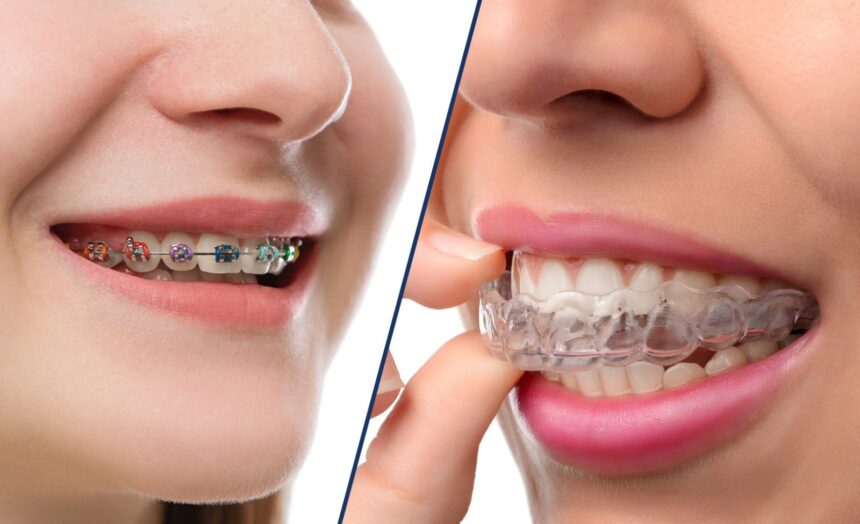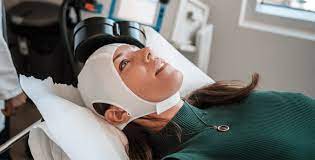Orthodontic treatment supports teeth alignment through controlled, gradual pressure. Braces and Invisalign are two key choices for individuals seeking improved dental alignment, and each method offers distinct characteristics, materials, and lifestyle implications. Evaluating how these solutions fit into daily routines can help you make an informed decision. Here’s information about the structural features, maintenance, and day-to-day experience associated with both braces and Invisalign:
Exploring Materials and Visual Impact
Material composition and visibility are two key differences between braces and Invisalign. Braces consist of metal brackets adhered directly to each tooth, joined by an archwire. The archwire applies a consistent force to facilitate movement, encouraging teeth to move into new positions over time. This option remains noticeable during daily interactions.
Invisalign relies on a progression of transparent, custom-designed aligners. These aligners are crafted from clear thermoplastic and designed to fit snugly over the teeth. Their low visual profile serves as a key appeal for individuals seeking a discreet approach. The subtle nature of Invisalign may benefit those who prefer orthodontic solutions that are less apparent during conversation or photographs.
Evaluating Functionality and Application
Braces and Invisalign demonstrate fundamental differences in application and functionality. Traditional braces serve as fixed devices, remaining attached to the teeth throughout the entire treatment period. They require periodic adjustments by an orthodontic provider, and these adjustments keep the alignment process moving forward. The permanence of this approach is helpful for individuals who prefer a treatment that does not depend on personal compliance.
Invisalign focuses on removable aligners, and patients are instructed to wear them most of the day, typically 20 to 22 hours. The aligners can be taken out for eating, drinking, and routine oral hygiene. Approximately every two weeks, a new set is worn, gradually shifting the teeth according to a structured plan. While removability is a significant benefit, achieving the desired results depends on consistently wearing the aligners as recommended.
Reviewing Maintenance and Oral Hygiene
Braces include small spaces around brackets and wires where food and plaque accumulate. Cleaning requires a methodical approach, often involving interdental brushes or floss threaders. Individuals with braces benefit from specialized tools and clear routines to maintain oral cleanliness. Diligence in daily care helps mitigate possible challenges, such as trapped food debris.
Invisalign’s removable nature promotes straightforward hygiene routines. The aligners are taken out before meals, allowing for regular brushing and flossing without obstacles. Cleaning the aligners themselves may also help avoid discoloration and buildup; this streamlined approach appeals to those who seek convenience in their oral care routines.
Adjusting Lifestyle and Dietary Habits
Lifestyle habits play a fundamental role in choosing an orthodontic method, as braces require certain dietary restrictions to protect the appliance. Foods that are hard, sticky, or crunchy, such as popcorn and gum, pose risks to brackets and wires. Adjusting snack habits and meal choices can help prevent appliance damage. Invisalign users are able to remove the aligners before eating; this allows for an unrestricted diet. All foods remain accessible, as long as the aligners are reinserted after meals and proper hygiene is maintained.
Ask a Professional About Braces and Invisalign
Both braces and Invisalign provide pathways to aligned teeth, but they differ in daily demands and user experience. Material construction, visibility, maintenance, and dietary flexibility are all factors to consider. A qualified orthodontist can evaluate your dental needs and recommend an option that fits your smile, whether you require treatment for complex tooth movements or minor adjustments. Contact a specialized dental clinic today to learn more about your orthodontic options.









